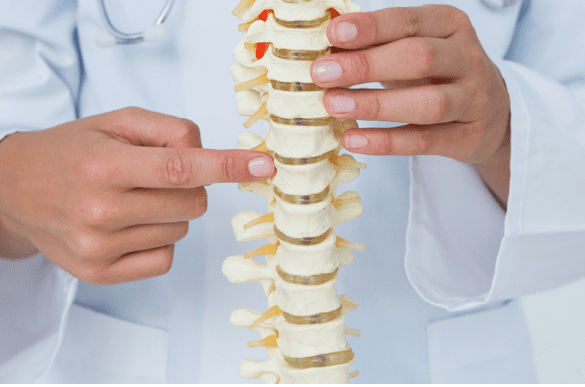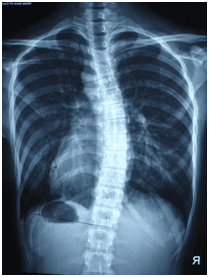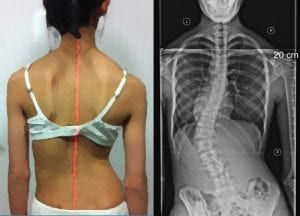Scoliosis and Chiropractic
- Dr. Dino Buosciolo
- Sep 11, 2018
- 2 min read
Updated: Aug 16, 2023
Let's look at a normal Spine. The normal spine opposed to one with scoliosis, provides perfect alignment of all body parts. A slight curve inward at the neck, or cervical spine, balances the weight of the head. This also allows a clear channel for the spinal cord and nerves.

What is Scoliosis?
It is an abnormal curvature of the spine; it is a spinal disorder, not a disease. Although in its earliest stages it may be very difficult to detect, scoliosis is in general characterised by a sideward curve that can produce a raised or drop-effect to the shoulder, a prominent shoulder blade, or one hip somewhat higher than the other.
It may also manifest as an exaggerated curve along the length of the spine. One example is the ‘swayback’, in which the head and neck are thrust forward and the upper chest backward. It is more pronounced and not to be confused with ‘poor posture’. More easily noticeable to the untrained eye is the ‘humpback’. This gives the whole torso a pulled effect with shoulders raised and a humped protrusion of the upper back.
What Causes Scoliosis?

The root causes are not completely understood. It is true that it may ‘run’ in some families, indicating hereditary factors. Again, it may simply appear as an isolated case in one individual.
A variety of nerve and muscle disorders can produce scoliosis. Checkups for signs of scoliosis should continue until full growth is reached. Diseases like polio or an injury in childhood can cause vertebrae to develop abnormally. Scoliosis often appears during early teen years, and may make pronounced progress during periods of rapid growth. However, it is also found in young children as well.
Questionnaire for Early Detection of Scoliosis
You may observe signs of possible scoliosis: however, regular checkups by a health professional are important. Do not rely on your own untrained observations. Answer the following questions:
Is one shoulder higher than the other?
Is one shoulder blade more prominent than the other?
Does one hip seem higher or more prominent than the other?
When the arms hang loosely at the sides, is there more space between the arm and the body on one side than the other?
Does the child appear ‘swaybacked’?
Is the child appearance unusually round-shouldered, or ‘hump-backed’?
Does the child seem to have a one-sided stance?

Scoliosis Detected?
It takes only a short time to complete a scoliosis checkup. Early findings may eliminate years of suffering in your child. The misalignment of shoulders or hips, or the appearance of a hump in the rib or waist area when a child bends forward; these can all provide the trained eye early signs of possible scoliosis.
The chiropractor, with intensive training and knowledge of the spine and nerves, is eminently qualified to check for and help scoliosis. Though there are no preventatives or medications to with scoliosis, early detection is important so adjustments can start early to ensure the best outcome. The chiropractor may make mechanical, structural adjustments to prevent further malformation or reduce the more debilitating aspects of scoliosis.
The sensible course to follow during a child’s growing years is a regular schedule of checkups by your chiropractor. Not only in the detection and management of scoliosis, but in full monitoring of growth and development, your child should make friends with a chiropractor.



